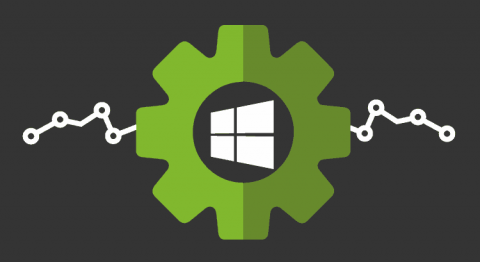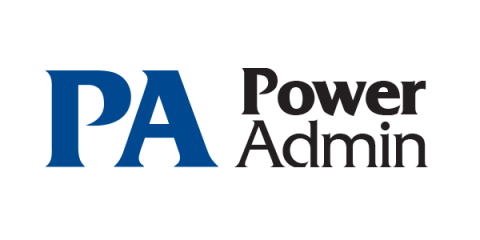Operations | Monitoring | ITSM | DevOps | Cloud
%term
Why full service agency Marbles choose Oh Dear! for its uptime monitoring
We reached out to one of our earliest customers, Marbles, to ask why they decided to move from Pingdom and use our service instead. If you're in doubt whether or not to give us a try, maybe they can convince you.
How to Analyze your File "Read&Write" Performance on WLSDM?
Windows Management Instrumentation in remote monitoring
Pandora FMS features include decentralized monitoring, which is based on several standards and/or protocols of common and open use (SNMP v1 and v2 -v3 from version 7.0 NG 727-, ICMP and WMI). In this article we will talk about the latter, starting from the simplest and with references to each of the articles published here in your blog.
Coding with Confidence - CloudBees + Honeycomb
DevOps, Observability, Continuous Delivery, Test in Production, Chaos Engineering, and Software Ownership are all major themes in software development today, but why? In an ideal world, we get everything right the first time, nothing breaks, no one DDOS’ us, and the weather report is “Cloudy With A Chance of Meatballs.” Reality of course is different – and better, to be honest.
Improving MSP Incident Alert Management
Improving MSP Incident Alert ManagementAs the big game approaches this Sunday, I’ve been thinking about the NFL’s introduction of instant replay and how it makes the league much more enjoyable! Whether you’re rooting for the Patriots led by Tom Brady … or the Rams, you can’t deny that instant replay makes every Super Bowl much more efficient and adds more clarity to the game.
5 Security Best Practices for Network Devices
The 4 Requirements of a Better Digital Experience
Better employee experience drives better business outcomes1. The result? Technology is no longer the driving force of IT — instead, the end-users’ digital experience is the key to unlocking business value and driving ROI. The challenge? Mending the gap between traditional metric-based monitoring and the need for real-time, contextual data about the end-user experience. Here’s how to get started.
What is DevOps?
One of the biggest software development shifts of the past decade has been the emergence of the DevOps movement. There is a growing demand for DevOps Engineers, and organizations that have embraced DevOps practices are becoming more efficient in iterating through service delivery.
How to Configure a Multicast Linux Network
In a world where consumer-level computing technology has been largely dominated by Windows, many users remain unaware of the need for administrators to configure and maintain network hardware and environments based on the Linux operating system. But Linux in its various distributions and the Unix operating system from which they derive have for decades provided the backbone for the core systems that make consumer-level computing and indeed many aspects of daily life possible.











